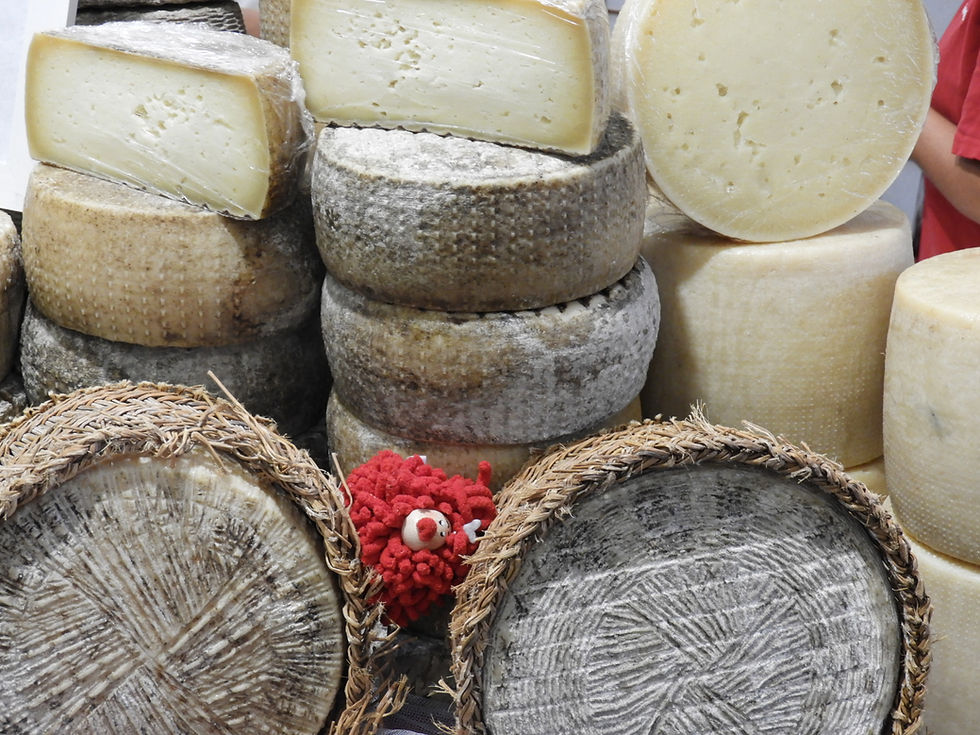Piedmont
- Aug 26
- 3 min read
Overview
Piedmont is the second largest of the Italian regions after Sicily, covering an area of 25,399 square kilometres with a population of approximately 4.6 million. Its capital city is Turin (Torino). The region is encircled on three sides by the Alps and shares borders with France, Switzerland, and the Italian regions of Lombardy, Liguria, Aosta Valley, and Emilia-Romagna. The provinces within Piedmont include Alessandria, Asti, Biella, Cuneo, Novara, Torino, Verbano-Cusio-Ossola, and Vercelli.

Historical and Cultural Heritage
Piedmont is renowned as the historical home of the Savoy family, the previous rulers of Italy, who have left behind a legacy of magnificent baroque palaces. Visitors interested in history and culture can discover a wealth of medieval fortresses, castles, and more than 40 museums throughout the region. Despite its rich historical sites, Piedmont’s enchanting and flowing landscapes continue to be one of its greatest attractions.
Culinary Excellence
The region is famous for its outstanding cuisine. Piedmont’s culinary highlights include the prized white truffles, celebrated wines such as Barolo and Barbaresco, and a variety of sweets and desserts. Vermouth originated here, and the hazelnut-chocolate confection known as Nutella has its roots in the region.
Turin: The Capital
Turin, located on the banks of the River Po, has a significant political and industrial history. It was Italy’s first capital city in 1861 and remains a major industrial centre, ranked third after Rome and Milan, and is the 78th richest city in the world. Turin is well known for the Shroud of Turin and hosts the Italian football team Juventus. The city is also the headquarters for automotive giants Fiat, Lancia, and Alfa Romeo. In 2006, Turin hosted the Winter Olympics and continues to offer excellent facilities for a variety of winter sports.
Agriculture and Local Produce
Despite its industrialisation, Piedmont is also a highly agricultural region. In addition to producing exceptional wines, the region cultivates a range of crops that feature prominently in its local cuisine. Wheat is the most widely grown grain, followed by corn and rice, with Novara being especially famous for its risotto rice. Cuneo produces excellent beef, veal, and rabbit, while the Alpine areas in the north are rich in game. Frogs from the canals that flood rice paddies are considered a local delicacy, particularly when cooked with gorgonzola cheese. The region also boasts extensive cultivation of high-quality fruit and vegetables, with Alba and Asti provinces being abundant in white truffles. Nuts such as hazelnuts, walnuts, and chestnuts play a central role in Piedmont’s cuisine.
Wines and Cheeses
Piedmont is globally recognised for its wines and cheeses. While the full list of wine varieties and cheese styles is extensive, some notable wines include Asti Spumante, Barbera d’Alba, Barbera d’Asti, Barbaresco, Barolo, Brachetto, Dolcetto, Grignolino, Malvasia, Nebbiolo, and Roero Arneis. The region’s cheeses are equally celebrated, with varieties such as Toma (farm cheese from cows), Saras del Fen, Montebore (considered one of the rarest cheeses in the world), Maccagnao, Gorgonzola, Cevrin di Coazze, Bra, and Ossolano. Visitors are encouraged to explore the rich diversity of wine and cheese on offer during their time in Piedmont.

Conclusion
Piedmont offers an abundance of attractions and experiences, from its historical sites and cultural landmarks to its culinary delights and spectacular landscapes. It remains one of Italy’s most underestimated regions, with much to see and learn for every visitor.




Comments